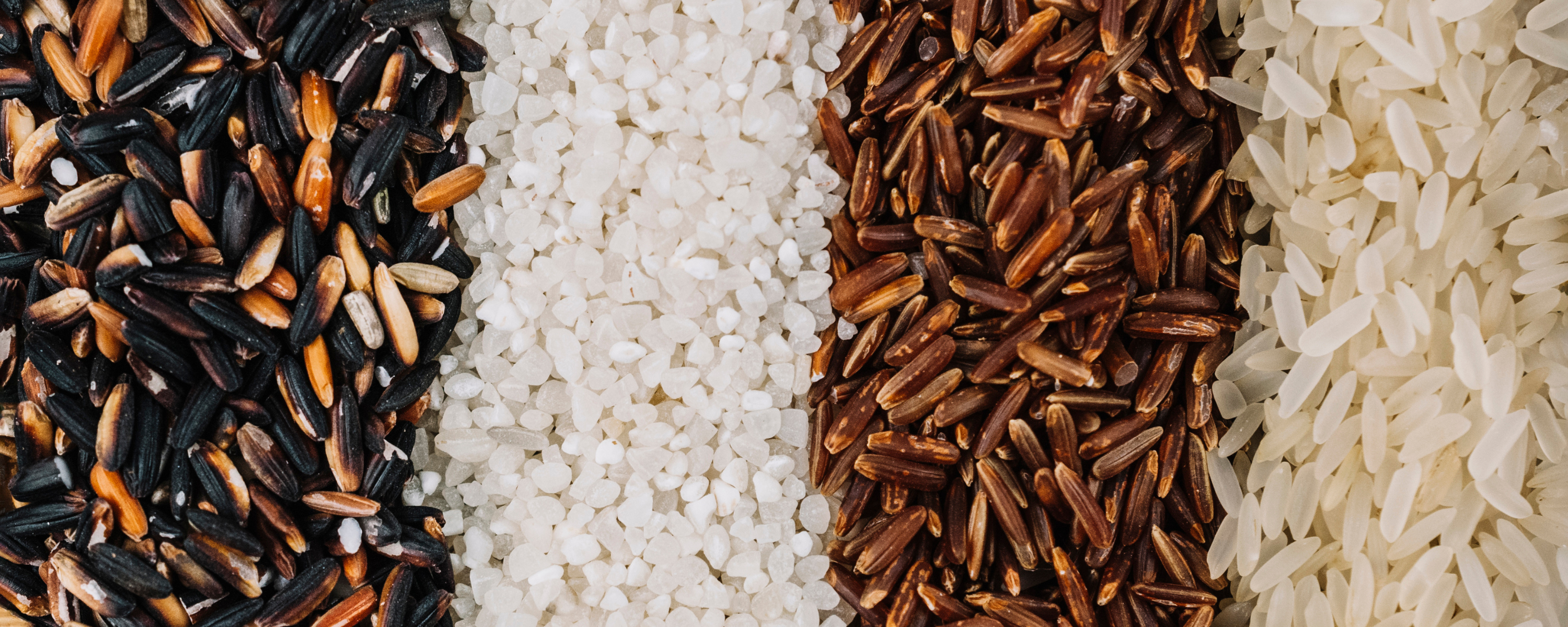Rice is a vital food source for millions of people across India and is a major role in Indian food and Indian culture. Because of its variety, India has many types of rice. Each has its own distinctive flavor, the texture and smell. If you’re making a simple dinner at home or planning a large dinner party, understanding the different varieties of rice aswell being aware of what to search for in the best quality of rice can make a big difference. This article will explore the various varieties of rice offered in India and give tips on selecting the best grade of rice.
Types of Rice in India
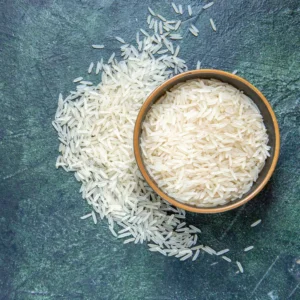
1. Basmati Rice
Basmati is perhaps the most popular type of rice that is found throughout India and is known for its long, thin grains and aromatic aroma. The rice is commonly used in biryanis, pilafs and as a primary food item. Basmati rice is primarily grown in the northwestern regions of India which include Punjab, Haryana, and Uttar Pradesh.
Characteristics:
- The thin and long grains
- Delectable and aromatic
- Separate and fluffy while cooking
Popular Dishes:
- Biryani
- Pulao
- Kheer (rice pudding)
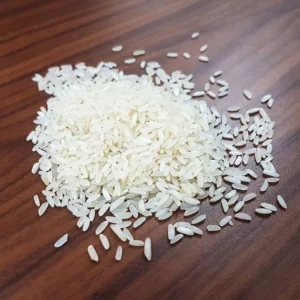
2. Sona Masoori Rice
Sona Masoori is a medium-grain rice variety that is soft and fragrant. It is a favourite among people who love South Indian cuisine and is commonly used in daily meals and for other special dishes.
Characteristics:
- Medium grain size
- Light and aromatic
- Soft and fluffy
Popular Dishes:
- Pongal
- Idli
- Dosa
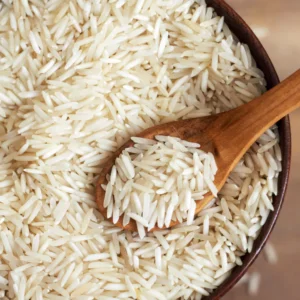
3. Kolam Rice
Kolam rice is another moderate-grain variety, which is cultivated in the United States, which includes Maharashtra within Maharashtra as well as Gujarat. It is a popular option for cooking because of its low price and its flexibility.
Characteristics:
- Medium grain size
- Mild flavor
- Soft texture
Popular Dishes:
- Fried rice
- Pulao
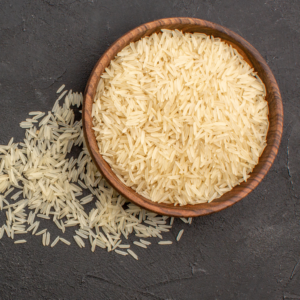
4. Parboiled Rice
Parboiled rice, sometimes known as the converting rice, boils to remove a small part of the husk. It is healthier than normal white rice as it is rich in vitamin and nutrients.
Characteristics:
- Long-medium to medium length grain
- A slight yellowish hue.
- Soft and non-sticky
- Every day, you are able to take a break for at least one meal.
- Dosa batter and Idli
- South Indian dishes
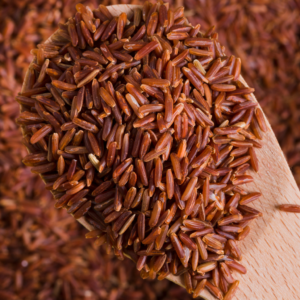
5. Red Rice
It’s a whole grain that gets its colour from anthocyanins that act as antioxidants. It’s extremely nutritious and it comes with a distinct taste that is complex and nutty.
Characteristics:
- Color Reddish-brown
- A taste of nutty
- Chewy texture
- Kerala rice dishes
- Salads
- Foods for health
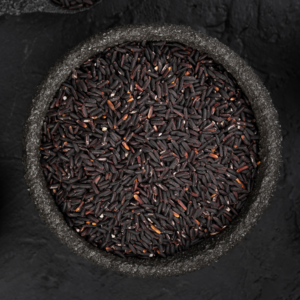
6. Black Rice
Black rice also called prohibited rice is extremely rich in antioxidants. It provides a sweet and complex taste. It is often used to create sweet and savoury foods.
Characteristics:
- Dark black to dark purple colour
- Sweet and nutty flavour
- A sticky texture following cooking
- Salads
- Desserts
- Special rice dishes
Tips for Choosing the Highest Quality Rice
1. Check the Grain
Select rice that is the same shape and size as grains. The most effective rice is one with regular and stable grains, without chippings or fragments.
2. Inspect the Color
If you’re making use of white rice, the transparent white shade is ideal. If you are using brown or red rice the shade must be consistent and rich.
3. Smell the Rice
Good rice should be fresh and fresh in its smell. Avoid rice with an old or unpleasant.
4. Examine the Texture
Good rice should feel firm and not be too soft. Beware of rice that’s too fragile or has an oily substance.
5. Test for Purity
To test whether rice is wholesome, use a handful of grains to soak in a bowl of water. Pure rice is said to sink but adulterated rice might flounder due the presence of contaminants.
6. Purchase From Reputable Sources
Select rice from trusted brands or local stores which are known for their top-quality. Check for certifications and quality seals on the package.
7. Consider Organic Options
Organic rice is made without the chemical pesticides or fertilizers. Organic rice is healthier. You should search at organic certificates.
8. Check the Packaging Date
Quality is contingent upon the freshness of the product. Check the date on the packaging and select the most recent batch to ensure that it’s in good shape.
9. Store Properly
A properly designed storage system is crucial to keeping the top standard of rice. Place it in a sealed container in a dry, cool area to guard it safe from the spreading of moisture and pests.
Conclusion
Knowing about the many kinds of rice readily available from India and knowing how to select the best quality will improve your dining experience. No matter if you prefer the delicate Basmati or the numerous varieties of Sona Masoori or the rich red and black rice. each one brings its unique flavor and distinct benefits to the table. If you stick to the rules in the preceding paragraphs, you’ll know that you select only the finest quality rice to prepare your meal which makes each dish tasty and healthy.
Share:
Related Posts

12 Amazing Health Benefits of Eating Basmati Rice
Basmati rice, with its unique aroma and flavor, is a staple in many households around the world. Not only is it a delight for the

Ultimate Guide to Basmati Rice: 1121, 1718, 1509, 1401, Pusa
Basmati rice, the ultimate fragrance and elongated and slender rice, is a favorite item for kitchen experts in a number of culinary traditions. Each type

From Field to Plate: Understanding the Journey of Rice Exportation
Basmati rice, known for its exquisite aroma and delicate flavor, has been cherished for centuries as a staple in many cuisines around the world. Beyond
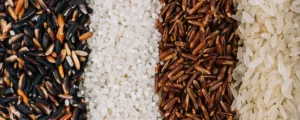
Exploring Different Types of Rice in India and Tips for Choosing the Highest Quality
Rice is a vital food source for millions of people across India and is a major role in Indian food and Indian culture. Because of

The Health Benefits of Basmati Rice: Why Shri Lal Mahal Rice Stands Out
Basmati rice, known for its exquisite aroma and delicate flavor, has been cherished for centuries as a staple in many cuisines around the world. Beyond

Is being a rice farmer hard?
Rice farming is a vital part of agriculture worldwide, supporting many livelihoods and providing food for billions. Despite the peaceful image of green rice fields,

